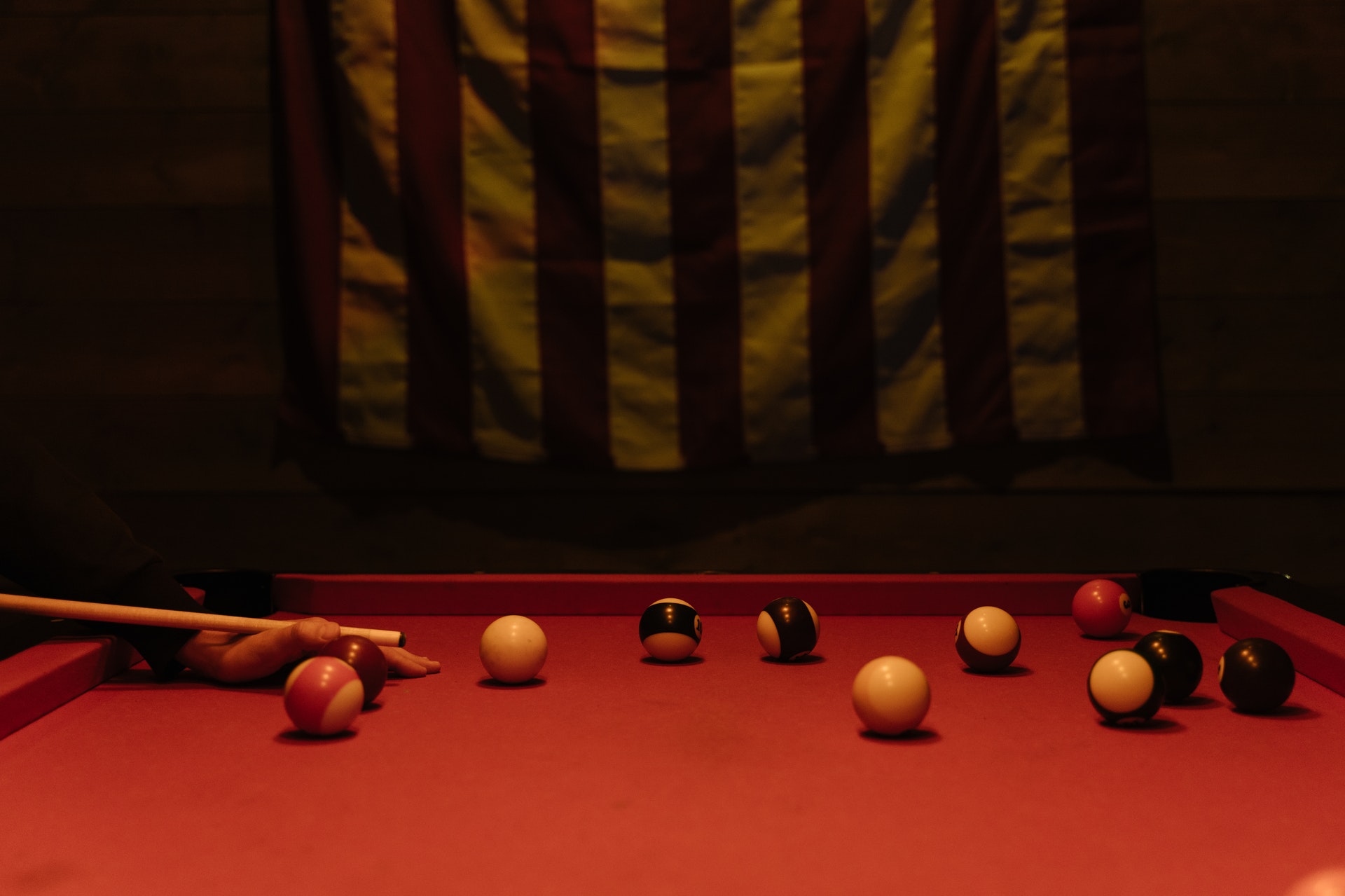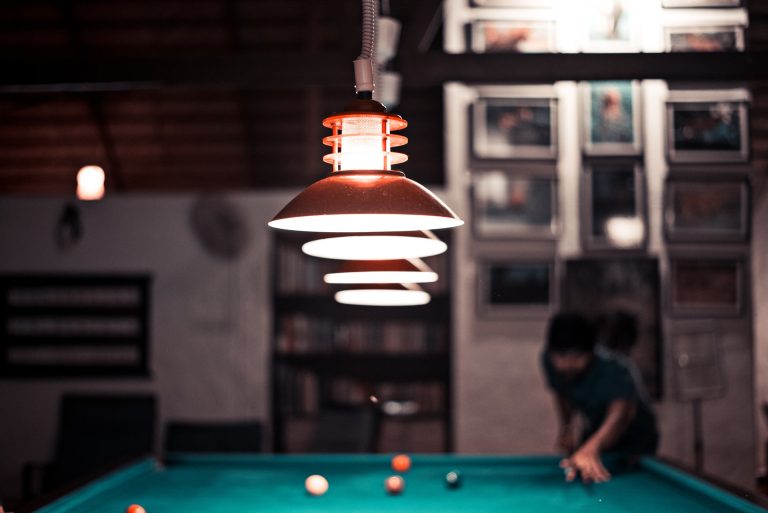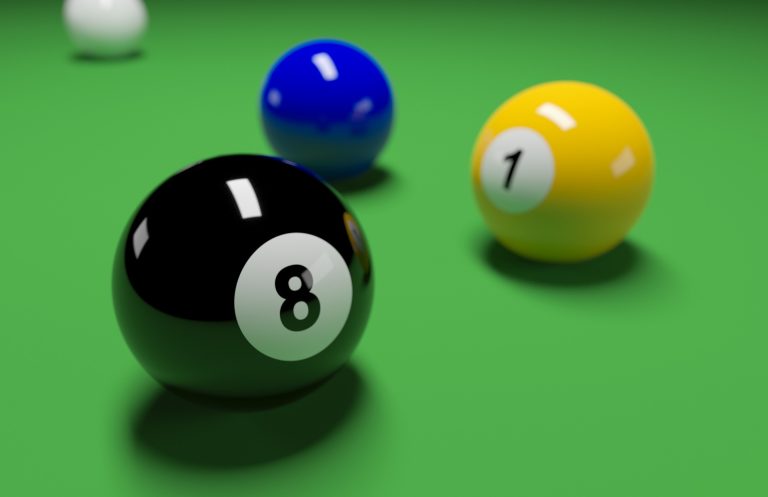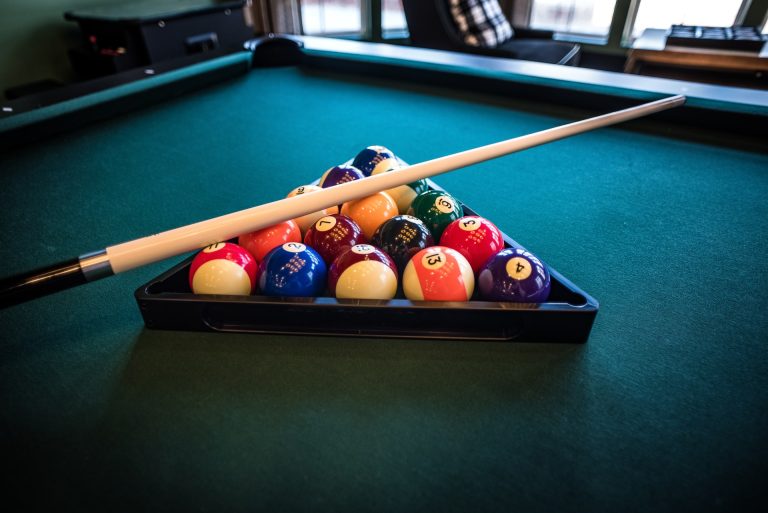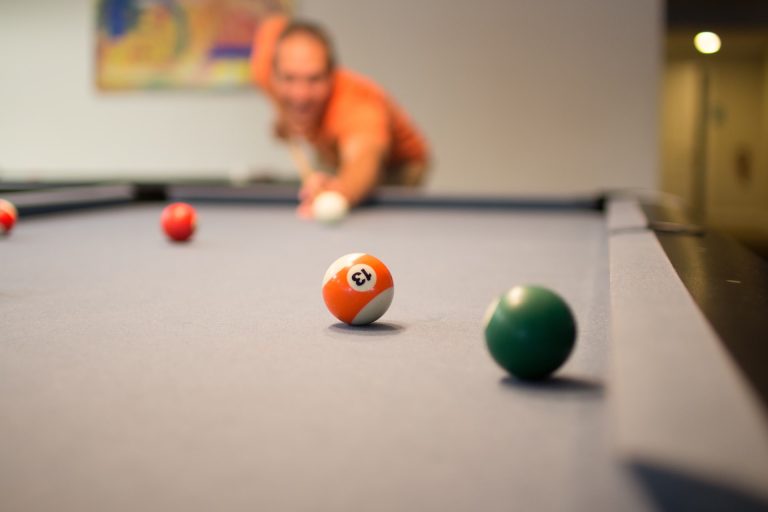Graphite Pool Cue vs Wood Pool Cue: What Is the Best?
When you are choosing a pool cue, the type of material it is made out of is an important decision.
There are two main types of materials cues are made out of: graphite and wood.
Each has its own set of pros and cons.
Here, we will take a look at the pro and cons of each type of material so you can make the best decision for you.
What Is Graphite Pool Cue?
A graphite pool cue is a type of cue that is made out of graphite. Graphite is a material that is very strong and durable, making it an ideal material for use in pool cues.
Graphite pool cues are typically more expensive than other types of cues, but they offer a number of benefits that make them worth the investment.
Graphite pool cues are much lighter than traditional wood cues, making them easier to handle and maneuver.
This can be a big advantage for players who are trying to execute complex shots.
In addition, graphite cues tend to have better balance and feel than wood cues, providing a smoother and more consistent stroke.
What Is Wood Pool Cue?
A wood pool cue is a type of cue used in the game of pool. It is made from wood, typically maple, and has a brass ferrule and joint. The wood pool cue is often stained or painted to match the player’s choice of color.
Graphite Pool Cue vs Wood: 5 Differences
There are many reasons why people might choose between a graphite pool cue and a wood one. Here are five key differences:
1. Weight: Graphite cues are typically much lighter than wood ones, which can make them easier to handle. This can be an important consideration for those who are not as strong or who have smaller hands.
2. Appearance: Graphite cues often have a more modern look, while wood cues can have a more traditional appearance. This is a matter of personal preference, of course.
3. Durability: Graphite is a tougher material than wood, so it is generally less likely to chip or break. This can be an important factor if you plan on using your cue frequently.
4. Cost: Graphite cues are generally more expensive than wood cues. This is largely due to the fact that graphite is a more expensive material to produce.
5. Sound: Graphite cues tend to create a louder, sharper sound when hitting balls than wood cues. This may or may not be important to you, depending on your preferences.
Graphite Pool Cue vs Wood: 5 Things to Know
When it comes to graphite pool cues vs wood, there are some key differences you should be aware of. Here are 5 things to know:
1. Graphite is a much lighter material than wood, which makes it easier to handle. This can be especially important if you have a lot of shots to make during a game.
2. Graphite is also less affected by humidity and other weather conditions, which means your cue will stay straighter longer.
3. Graphite is more durable than wood, meaning it can take more abuse without being damaged.
4. Graphite is less likely to warp over time, while wood can become bent or misshapen if not properly taken care of.
5. Graphite cues also tend to have a smoother, faster stroke than wood cues. This can make them better for players who want more speed and power behind their shots.
| Don’t Miss This: Carbon Fiber Vs Wood Pool Cue |
Conclusion
So, which one should you buy? Ultimately, the decision comes down to personal preference.
Some people swear by the feel of a wood cue, while others find graphite cues more responsive and easier to control.
If you’re still undecided, stop by your local pool hall and ask for a demo – that’s the best way to see which type of cue feels better in your hand.
At the end of the day, both types of cues have their pros and cons, so it really depends on what you’re looking for in a pool stick.
Thanks for reading!

I’m Maverick and I love playing pool games with my friends. I found myself struggling for proper guidance playing this game and selecting good quality equipment for it. I, then, decided to create this blog to guide pool enthusiasts to get right information and start enjoying their game.

